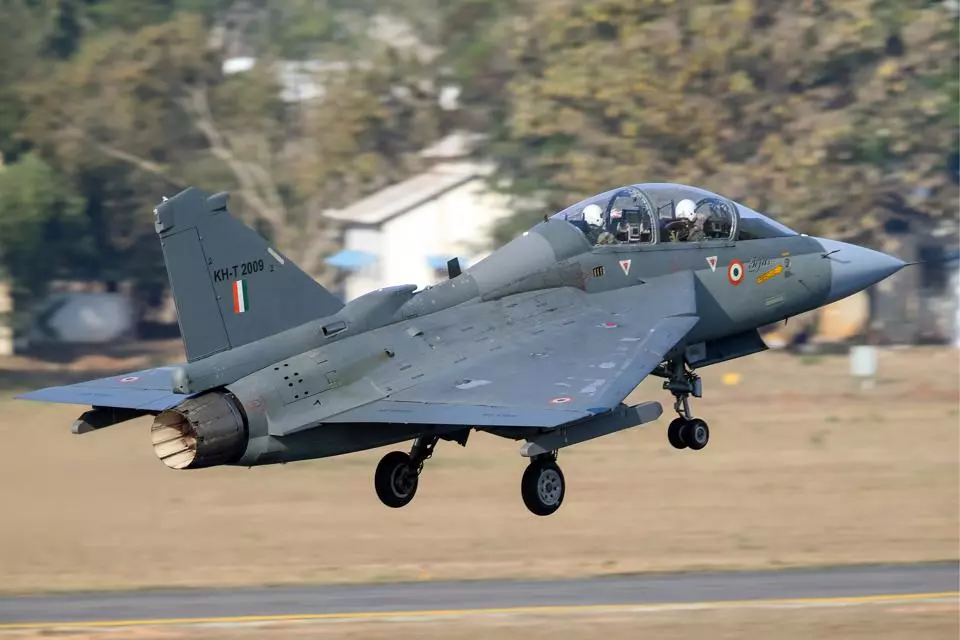The HAL Tejas is an Indian indigenous, multi-role, Light Combat Aircraft (LCA) designed by the Hindustan Aeronautics Limited (HAL) for the Indian Air Force and Indian Navy.
The fighter jet is produced by the HAL Aircraft Design and Research Center (ARDC) and the Aeronautical Development Agency (ADA). The aim of the project was to replace the air force’s aging large number of Russian MiG-21 aircraft fleet.
Development History of HAL Tejas:
The Tejas was developed from the Light Combat Aircraft (LCA) program which began in the 1980s. The government started the LCA project in 1983 with the aim to develop an indigenous light combat fighter aircraft to replace its aging MiG-21 fleet of Russian origin.
Hindustan Aeronautics Limited (HAL) was selected to develop this aircraft along with the Aeronautical Development Agency (ADA).
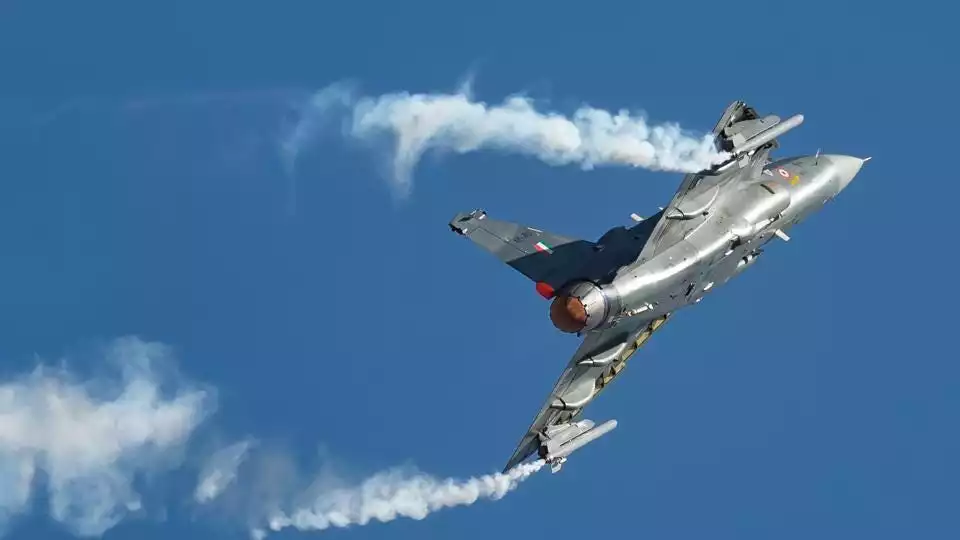
Production of HAL Tejas:
The most sophisticated and challenging systems to develop for Tejas were the Fly-By-Wire flight control system, multi-mode Pulse-Doppler Radar, and the after-burning turbofan engine.
Also Read:
To design the fly-by-wire flight control system for the Tejas, Dassault Breguet offered a hybrid flight control system. This hybrid system consists of three digital channels and one analog channel. The fourth analog channel acts as a backup in case digital channels fail. But ADA was in favor of having a quadruplex digital fly-by-wire flight control system on LCA. To develop an indigenous flight control system, a National Control Law (CLAW) team was set up in 1992 by the National Aerospace Laboratories with the assistance of Lockheed Martin. But the American company withdrew its assistance in 1998, owing to the US sanctions on India for its nuclear tests.
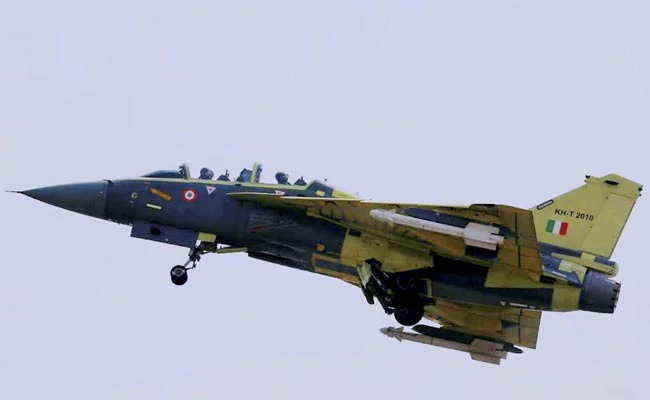
The CLAW team completed the design and integration of the flight control laws with the flight control system software and put it to test on Technology Demonstrator TD-1 aircraft cleared for flight test by early 2001. The TD-1 successfully flew with an indigenous quadruplex digital on its maiden flight in January 2001. The new system performed flawlessly for over 50 hours of pilot testing on the aircraft.
Radar for Tejas:
Initially, the Ferranti/Ericsson PS-05/A I/J-band multi-functional radar was intended to be used on the aircraft. But later, the Defense Research and Development Organization (DRDO) decided to develop an indigenous radar to decrease the reliance on foreign technology. For this purpose, HAL and DRDO’s Electronics and Radar Development Establishment Laboratory (LRDE) were selected to develop the multi-mode radar (MMR). The development process was not easy. The airborne surveillance aircraft number 748 was used to test the radar. Until 2005, the HAL and LRDE were able to successfully test only two modes of the radar, air-to-air look-up and look-down. The several other modes were suboptimal at that time.
In October 2018, HAL made a deal with the Israel Aerospace Industries (IAI) subsidiary Elta systems for the purchase of 83 ELM-2052 active electronically scanned array (AESA) radar and ELL-8222WB electronic warfare (EW) suites to be integrated with the LCA Tejas Mark-1A. According to The Diplomat.
Business Standard from Indian media claimed that after using the Israeli radar, Tejas was unable to use the world-beating ‘Meteor’ beyond-visual-range air-to-air missile. MBDA, the European consortium that builds the Meteor missile has told the Indian Air Force (IAF) that it would only fit that missile onto a fighter with a European airborne radar.
HAL has selected the Israeli AESA radar over the two European radars offered by French firm Thales and Swedish firm Saab.
India’s LRDE laboratory of DRDO is also developing its own solid-state Gallium arsenide (GaAs) active electronically scanned array (AESA) radar. The development process started in 2013. It is a liquid-cooled radar featuring quad-band modules that are stacked to form a larger unit. HAL Tejas 1A, Mark 2, and HAL’s twin-engine deck-based aircraft (TEDBF) will be equipped with this indigenous AESA radar. There are also plans to equip the Indian future fifth-generation HAL AMCA fighter aircraft with the larger module of this indigenous AESA radar.
HAL Tejas Engine Technology:
India has made a major defense deal with the US, with negotiations almost over to acquire $700 million worth of fighter jet engines to power the indigenous Tejas LCA. The engines are to be bought from American General Electric (GE). Reported by Economic Times.
General Electric will be responsible for delivering 99 GE F404-IN20 engines as well as support services. The engine will provide 85 kN force. “GE Aviation is proud of the 16-year long partnership with HAL and we have committed to deliver all 99 engines and support services by 2029.” Said Chris Cyr, GE Aviation’s vice president for business, development, and sales. Reported by Defense News.
According to HAL, the GE F414 engines for Tejas Mk2 LCA will be manufactured in India.
Tejas Performance:
The aircraft has a maximum speed of Mach 1.6, a range of 1800 km, and a combat range of 500 km. The service ceiling Tejas is 52000 ft. G-limit of +9/-3.5.
Tejas weapon capability:
In an air-to-air short-range category, Tejas will be equipped with the ASRAAM heat-seeking high-off-boresight missile. It is also used by the UK’s Royal Air Force. It has a range of up to 31 km. Other short-range weapons include R-73, I-Derby/ER, Python-5, and Astra Mark 1.
Tejas air-to-surface armaments include KH-59 ME, KH-59L, KH-59T, AASM-Hammer, BrahMos-NG ALCM. Aircraft can also carry Rudram-1 anti-radiation missiles. Other air-to-surface weapons include precision-guided munition, laser-guided bombs, cluster bombs, and unguided bombs.
Anti-ship missiles include KH-35 and KH-59MK.
Tejas also has a single 23 mm twin-barrel GSH-23 cannon. The aircraft has 8 hardpoints.
According to Forbes, Tejas Mark 1A is also receiving a new Unified Electronic Warfare Suite which ties together an improved Radar Warning Receiver to alert the pilot of hostile radar locks as well as an external EL-8222 wide-band Self Protection Jamming pod. This will greatly enhance the aircraft’s survivability.
HAL Tejas Variants:
Different variants of the aircraft have been produced for testing and integration of different technologies.
The first prototype known as TD-1 (Technology Demonstrator 1) was tested in 2001. There are a total of two TD variants produced.
Six Prototype Vehicles (PV) were produced from 2003 to 2010 to test various weapons and avionics.
The two Naval Prototypes (NP) were also produced, known as NP-1 and NP-2.
After completing the prototypes, the Limited Series Production (LSP) aircraft were produced. There are a total of 8 LSP jets produced to finalize the aircraft’s various technologies integration and engine performance.
Tejas Mark-1:
After the LSP aircraft, the Tejas Mark 1 single-seat variant was inducted into the Indian Air Force. In the beginning, 16 Tejas Mark-1 were inducted in IAF No. 45 Squadron.
Initially, the Indian Navy refused to acquire the Tejas naval variant because of the lengthy development cycle and overwhelming performance. Not only the Navy but the Indian Air Force was also not satisfied with the Tejas performance. As reported by Forbes, the IAF service’s auditor general criticized the design for failing to meet 53 criteria, including deficiencies in its radar-and-missile-warning systems, limited internal fuel capacity, underpowered engine relative to airframe weight, and lack of electronic warfare support.
“LCA Mark-1 does not meet the ASR. The deficiencies are now expected to be met in LCA Mark-II by December 2018,” the Comptroller and Auditor General (CAG) of India said. Reported by NDTV.
Tejas Mark-1A:
After rejection from the Indian Navy and criticism from CAG, the improved variant Tejas Mark-1A was introduced to fulfill the deficiencies in critical systems. The new variant has improved avionics and an aerial refueling system.
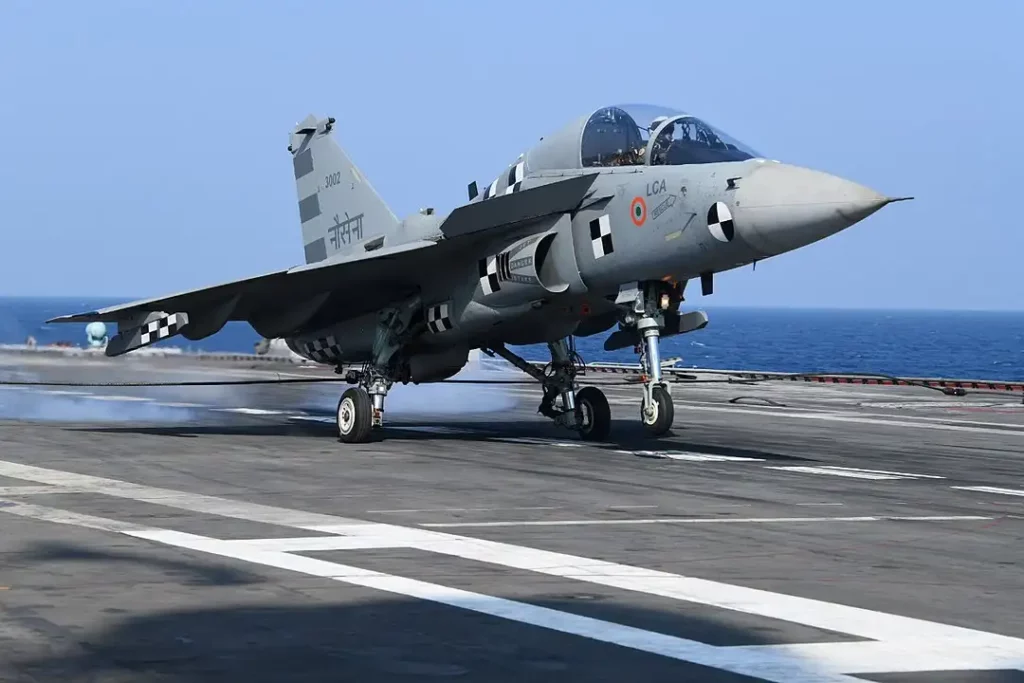
The new variant will also carry AESA radar which will enhance its performance and increase its detection tracking range BVR category.
Tejas Mark-1A will also integrate with the advanced ASRAAM short-range high off-boresight missile also used by the UK’s Royal Air Force. The new variant also has a new Unified Electronic Warfare Suite, external EL-8222 wide-band Self Protection Jamming pod.
Tejas Mark-2:
The work on this new variant has already been started. Tejas Mark-2 which is now officially designated the medium-weight fighter aircraft would feature a long-range infrared sensor, a domestic AESA radar, AI pilot assistance, canards for enhanced maneuverability, and an integrated sensor/electronic-warfare package optimized for network-centric warfare. As reported by Forbes.
The Mark-2 would theoretically boast a max payload of 14,300 pounds on 11 hardpoints, and increased fuel capacity allowing for twice the range of a fighter jet.
The prototype of Tejas Mark-2 will complete an MWF prototype by 2022 and will make its first flight in 2023. HAL claims.
For the Indian Navy, HAL is proposing a twin-engine “Super Tejas” to fulfill the Navy’s requirements of twin-engine deck-based aircraft.
HAL Fifth-Generation Aircraft:
India had started an Advanced Medium Combat Aircraft (AMCA) program to develop its indigenous fifth-generation fighter jet. Reported by National Interests.
The AMCA project was slowed down because India invested $5 billion in the Russian Sukhoi PAK FA stealth fighter. The Russian PAK FA program suffered major setbacks which allowed New Delhi to again focus on the development of indigenous 5th-generation aircraft.
The ADA is responsible for the design and development of next-generation aircraft.
Coast of HAL Tejas LCA:
Each unit of Tejas Mark-1A costs around $43 mn. According to Business Standard, in February 2021, the Ministry of Defense (MoD) announced the Union Cabinet’s clearance for HAL to build 83 Tejas Mark-1A LCA for Rs. 45,696 crores ($6 billion). This raised concerns that the improved version of the current Tejas Mark-1 fighter would cost a daunting Rs. 550 crore each.
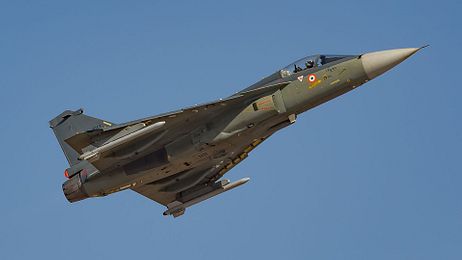
LCA Tejas Potential Customers:
According to Forbes, Egypt, Malaysia, Sri Lanka, and the UAE have expressed interest in the fighter jet and potentially Indonesia and Vietnam could fit the bill as well.
Analysis:
India has been working on the Tejas Light Combat Aircraft program for more than four decades, as it started back in the 1980s. But after four decades of struggle, it only managed to induct the aircraft in its own Air Force after many objections and overwhelming performance. On the other hand, the JF-17 fighter jet which is the rival of the LCA Tejas was developed in a short period of time and is currently flown by three air forces around the world.
It will take time to mature this aircraft and get a good place in the international market.


